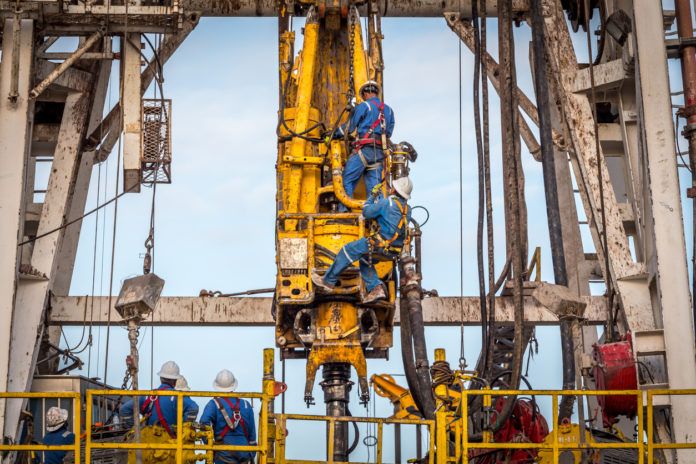
Summer weather forecasts in south Louisiana are often not very difficult to predict: “hot, humid, with a high probability of afternoon thunderstorms.” The same can be said in describing this summer’s crude oil price trends: “high levels of storage, surging U.S. production, with little opportunity for price increases.”
These trends, coupled with a relatively ho-hum demand outlook for gasoline and other refined products, is leading many analysts into referring to this summer as one of “discontent,” as producers struggle with a late spring price correction that dropped prices back into the mid-$40 range with little opportunity for upward movement.
A quick look at the fundamentals underscores and provides the justification for this summer malaise.
First, consider crude oil production. U.S. production has once again proven its innovation and resiliency by bouncing from its post-OPEC-induced price squeeze low of around 8.5 million barrels per day (MMBBls/d) to its prior recent record production level of around 9.7 MMBBls/d. Drilling and well productivity continue to increase in the country’s most prolific basins, like West Texas and the Eagle Ford, and these two regions alone could drive U.S. production past the 10 MMBBls/d mark before year’s end.
The second fundamental is storage. The U.S., as well as most developed nations around the world, are still reporting crude oil storage levels that are at or near record levels. In the U.S., those storages levels are moving in a “positive” (lower) direction, but are still stubbornly high relative to U.S. and world demand.
Quite simply, U.S. and global crude oil prices will continue to face flat to downward pressure so long as these crude oil storage levels stay at high levels relative to their overall five-year averages.
Lastly, there are the “ducks.” No, not the ones that fill our gumbo bowls, but the thousands of “drilled but uncompleted” (DUCs) wells that require only a limited amount of additional completion activities in order to bring their production online.
These DUCs represent a type of “well-inventory,” as well as a type of supply “trip-hammer,” that, if developed quickly, could lead to an exceptionally destabilized supply outlook for the market. Fortunately, if there is any good news in this story, to the extent this can be thought of as good news, it is the fact that service companies and operators are having a hard time securing crews to complete these wells, temporizing the degree to which this “just-in-time” production inventory can be brought to market.
So, like the summer weather in south Louisiana, summer energy prices have suffered from their own set of doldrums, an outlook likely to extend into the fall and for the balance of the year. Unfortunately for many, this will not be the year of recovery for crude oil prices, and producers are likely going to have to wait until 2018, and possibly even mid-2018, until any semblance of upward price pressure arises.
David E. Dismukes is a professor and the executive director of the Center for Energy Studies at Louisiana State University. He holds a joint academic appointment in the department of environmental sciences, where he regularly teaches a course on energy and the environment.
This article was originally published in the third quarter 2017 edition of 10/12 Industry Report.









